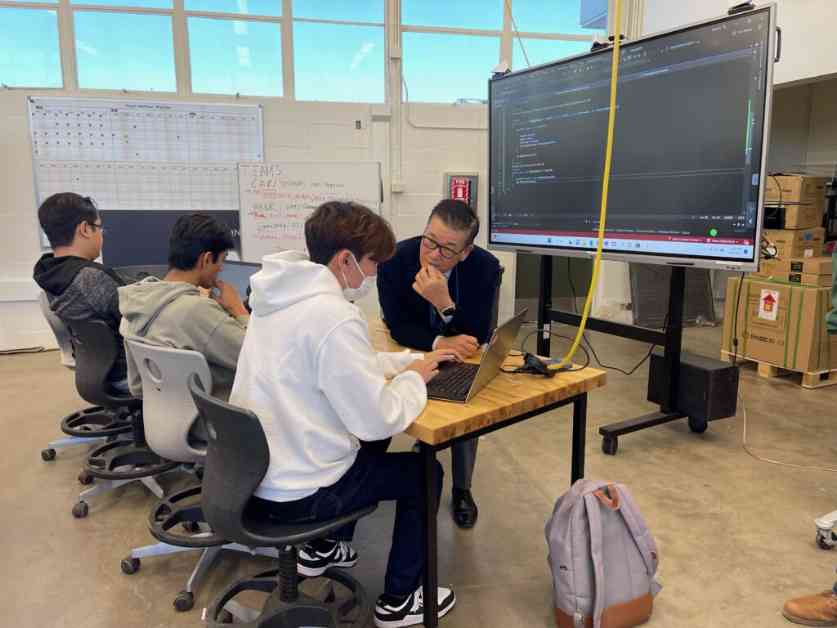The education landscape is rapidly evolving, with the rise of microschools challenging the traditional public school system. Superintendent Michael Matsuda of the Anaheim Union High School District acknowledges the need for innovation in education and the potential impact of microschools on the future of learning. As we explore this new era of education, it’s essential to consider the opportunities and challenges that microschools present.
The Rise of Microschools
In the wake of the COVID-19 pandemic, the concept of microschools has gained significant traction as an alternative to traditional public education. These small, personalized learning environments cater to the unique needs of students, offering flexibility and tailored educational experiences. With the growth of microschools, families are increasingly seeking innovative approaches to learning that go beyond the constraints of traditional classroom settings.
One of the key strengths of microschools is their ability to innovate rapidly. Unlike public schools, which often face bureaucratic hurdles and institutional constraints, microschools can quickly adapt to new teaching methods, curricula, and technologies. This agility allows them to meet the diverse needs of students, including those with learning disabilities, gifted students, or individuals who thrive in non-traditional educational settings.
Challenges and Opportunities
While microschools offer a fresh perspective on education, they also pose challenges that must be addressed. The lack of regulation and oversight in many microschools raises concerns about the quality of education provided. Without certified teachers and standardized curricula, students may miss out on essential learning experiences and preparation for college and career readiness.
Moreover, the rapid growth of microschools could potentially lead to greater segregation and exclusion of students who do not fit into the model. As these schools become more popular, it’s crucial to ensure that all students have access to high-quality education, regardless of their background or learning style.
On the other hand, the rise of microschools presents an opportunity for public schools to reimagine their approach to education. By embracing flexibility, innovation, and personalized learning, public schools can adapt to the changing needs of students and families. This may involve shifting from traditional seat-based instruction to work-based learning, focusing on mastery grading and internships, and moving away from a standardized test culture to a holistic approach that considers the whole child.
Implications for Public Education
As microschools continue to gain momentum, public schools face the challenge of staying relevant in a competitive educational landscape. The decline in enrollment and funding could further exacerbate the existing challenges public schools already face, such as overcrowded classrooms and limited resources. To remain competitive, public schools must find ways to innovate and meet the demands of today’s students.
The pressure to reform and adapt to the changing educational landscape is mounting, as parents and policymakers become more aware of the benefits of microschools. Public schools must prioritize flexibility, choice, and innovation to meet the evolving needs of students and families. By rethinking traditional methods of instruction and embracing personalized learning, public schools can position themselves as leaders in the education sector.
In conclusion, the rise of microschools presents both challenges and opportunities for the future of education. While these small, innovative learning environments offer personalized experiences for students, they also raise concerns about quality and inclusivity. Public schools must rise to the occasion, embracing flexibility and innovation to remain competitive in a rapidly evolving educational landscape. By prioritizing the needs of students and families, public schools can ensure that all students have access to high-quality education that prepares them for success in college, career, and life.
